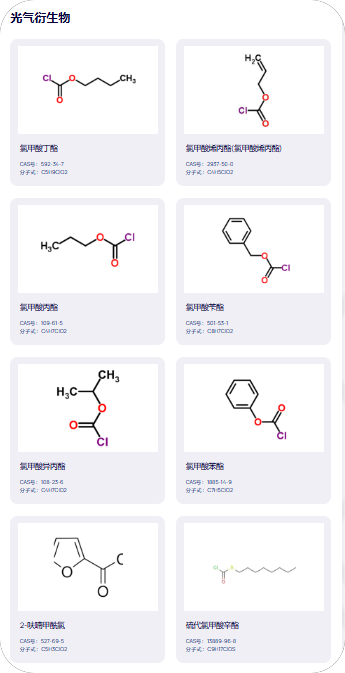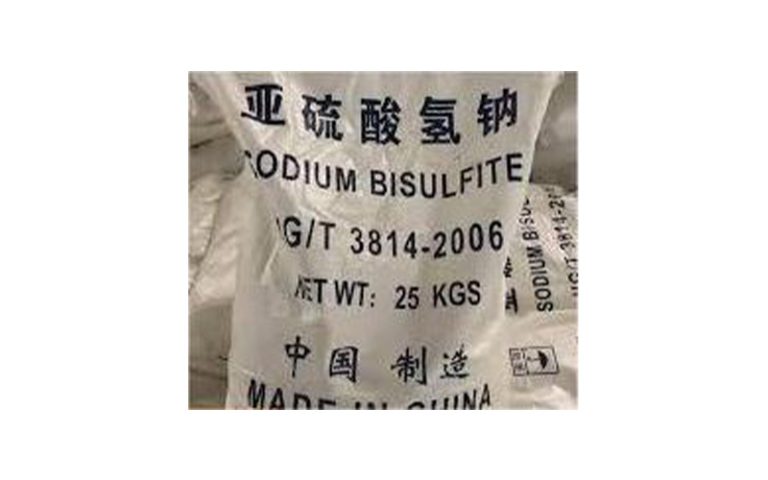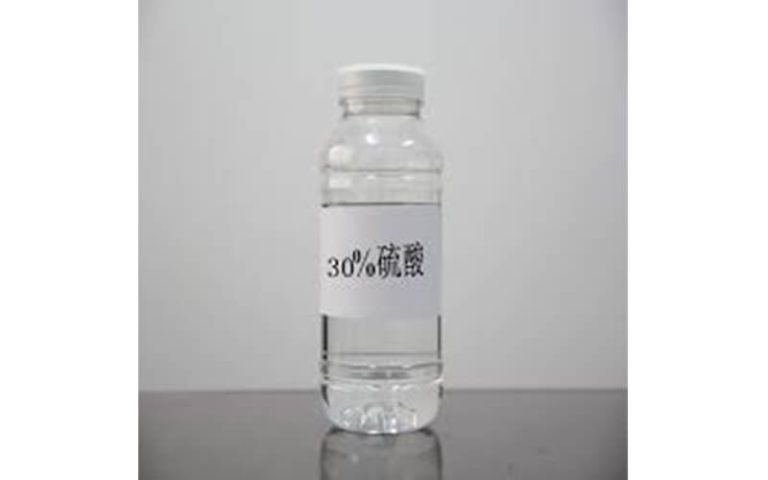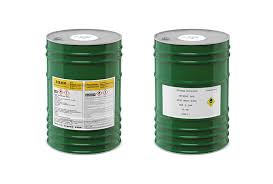How to Safely Transport Phosgene
Transporting toxic chemicals like phosgene is a serious task. This colorless gas has a strong, suffocating smell. It’s used in many chemical industries, but it’s dangerous.
To keep everyone safe, strict safety rules must be followed. This includes using the right containers and keeping the area safe during transport. It’s also important to have plans ready for emergencies.
Rules from places like the U.S. Department of Transportation and OSHA help keep things safe. They make sure we follow the best practices for handling phosgene.

Understanding Phosgene and Its Risks
Phosgene is a very dangerous gas. It is colorless but smells like something is choking you. It’s used to make plastics, pesticides, and other chemicals. This shows how important and dangerous it is in industry.
Phosgene was also used as a weapon in World War I. This shows how deadly it can be.
What is Phosgene?
Phosgene, or COCl2, was once a deadly weapon. It has a boiling point of 8.3°C and reacts with water to form harmful substances.
made by mixing carbon monoxide with chlorine gas. Because it’s so toxic, must be handled with great care.
Potential Hazards of Phosgene Gas
Being near phosgene can be deadly, even for a short time. It can cause lung damage quickly. Symptoms include coughing, choking, and trouble breathing.
If you breathe in a lot of it, you could get very sick or even die. Long-term exposure can also harm your lungs over time.
To better understand the dangers of phosgene, here’s a comparison:
| Aspect | Details |
| Color | Colorless |
| Odor | Suffocating smell |
| Boiling Point | 8.3°C |
| Industrial Use | Plastics and pesticides manufacturing |
| Acute Exposure Symptoms | Coughing, difficulty breathing, chest pain |
| Chronic Exposure Risks | Long-term respiratory issues |
| Immediate Medical Attention | Necessary following exposure |
Because of the dangers of phosgene, it’s very important to follow safety rules when working with it.
Important Safety Measures for Transporting Phosgene
When moving phosgene, a very toxic chemical, it’s crucial to follow strict rules. First, use only approved containers. These must meet Department of Transportation (DOT) standards to keep the chemical safe during transport.
It’s also key to wear the right protective gear. This includes masks, gloves, and goggles to protect against exposure. Knowing these safety steps is vital for those who handle the transport.
Getting the right training is another must. Training should cover how to handle the chemical, what to do in emergencies, and first aid. This training should be detailed and kept up to date to ensure everyone is ready.
Choosing the right route is also important. Pick paths with less traffic and away from homes to lower risks. Also, make sure the chemical is clearly labeled and documented using the Globally Harmonized System (GHS).
Having a good emergency plan is essential. This plan should work with local authorities and have access to medical help for chemical exposure. Being ready for emergencies helps respond quickly and lessen the damage from accidents.
| Safety Measure | Details |
| Container Specifications | Pressure vessels that meet DOT specifications |
| Protective Equipment | Respiratory protection, chemical-resistant clothing, eye protection |
| Training Programs | Handling techniques, emergency procedures, first aid responses |
| Route Planning | Routes with less traffic and fewer residential areas |
| Emergency Response | Liaison with local authorities, access to suitable medical facilities |
Safety of phosgene during the transport is important. Understanding its chemical properties and risks is crucial to working to keep people and the environment safe from its toxic effects.
Working under such strict safety rules, together everyone can lower the risk. Together, we’re doing the work to protect people and the planet.
Also, improving how we deal with emergencies strengthens response teams. By informing them about these steps, we are also helping build trust in the safety systems.
Elements such as the environmental health of chemicals must work in tandem. This minimizes the risk of phosgene release. It demonstrates our commitment to a safer, healthier world for all.
What are the safety protocols for transporting phosgene?
Transporting phosgene requires strict safety steps. This includes using the right containers and keeping it in a controlled environment. It also means having a detailed emergency plan ready. Rules from the U.S. Department of Transportation and OSHA help keep everyone safe by reducing exposure risks.
What are the potential hazards of phosgene gas?
Exposure to phosgene can harm your lungs and even be deadly. It can also cause long-term breathing problems. Symptoms include coughing, throat and eye pain, and trouble breathing.
What are the phosgene transportation regulations?
The U.S. Department of Transportation and OSHA set rules for moving phosgene. These rules require using special containers and labeling them correctly. They follow the Globally Harmonized System of Classification and Labeling of Chemicals (GHS).







